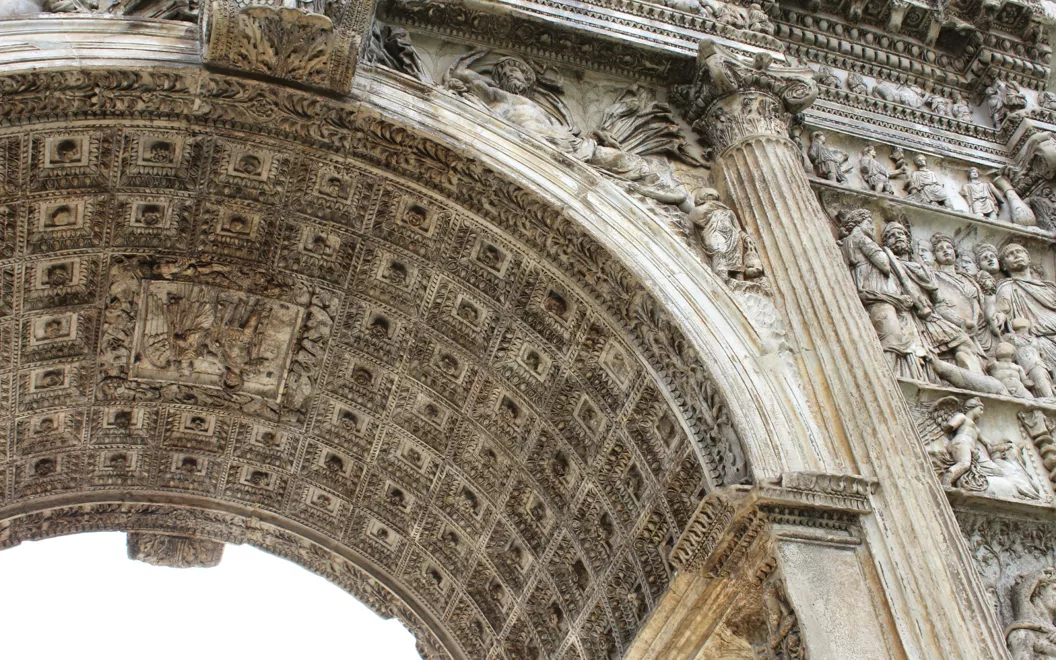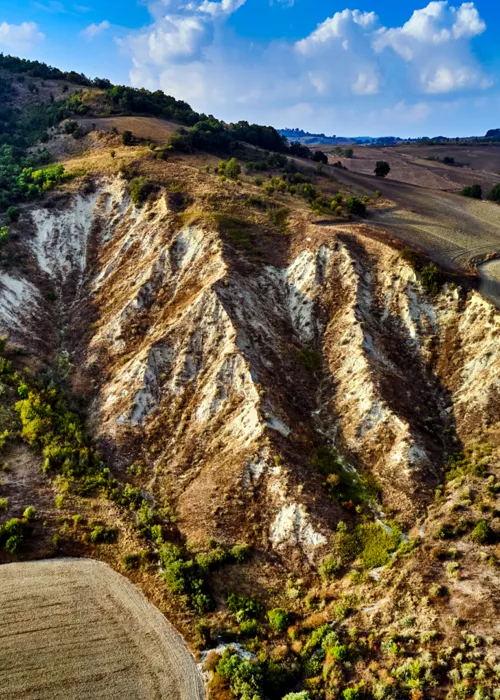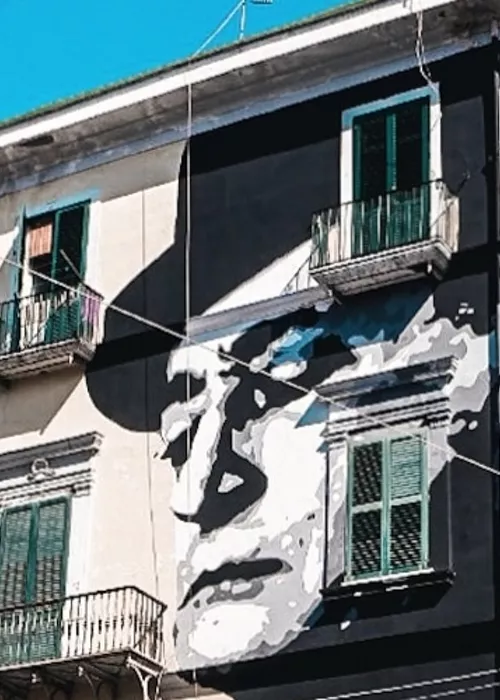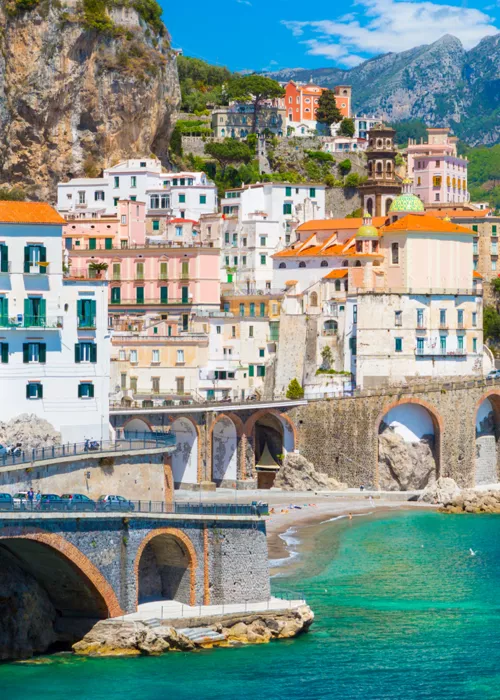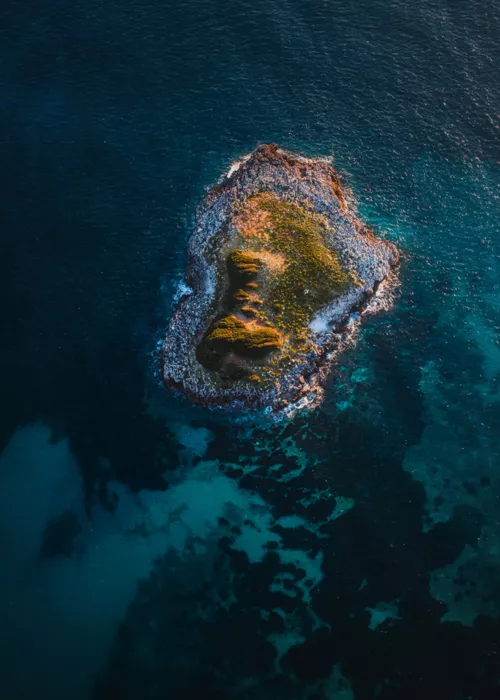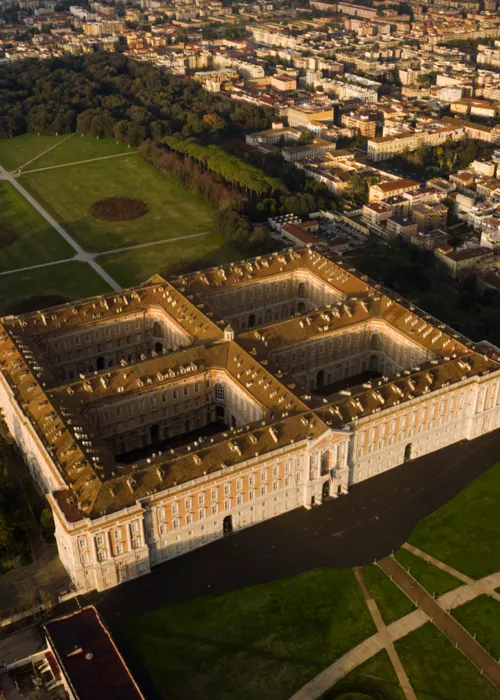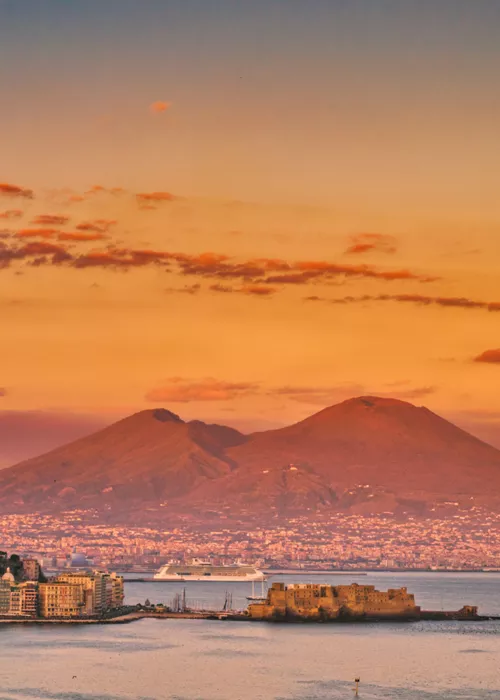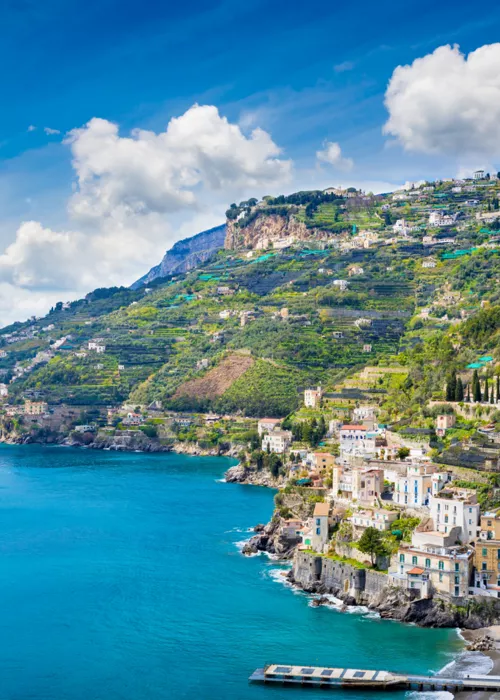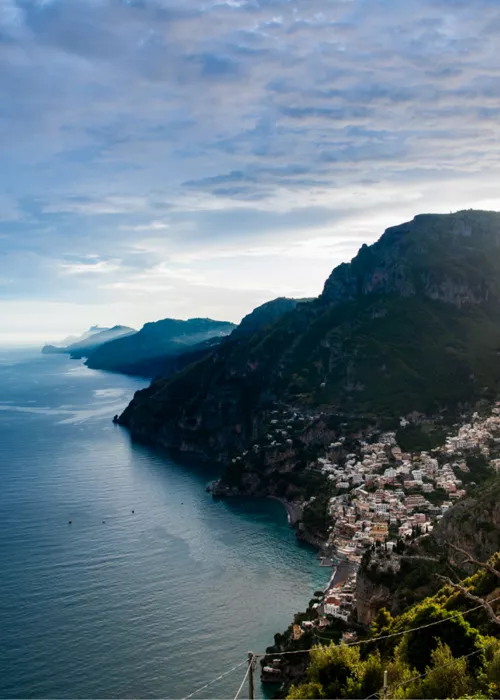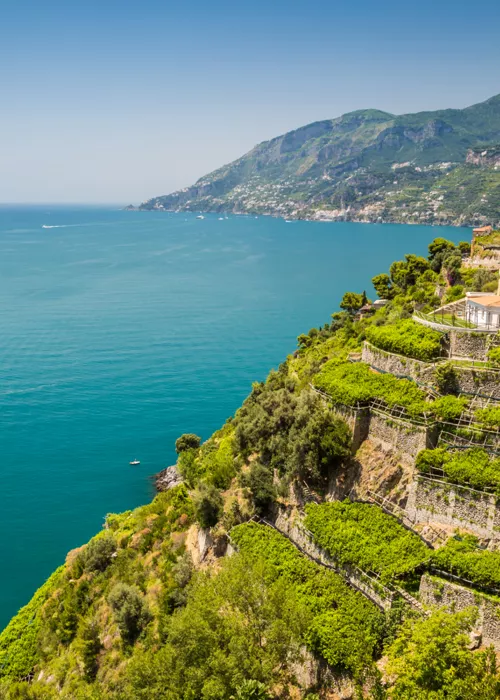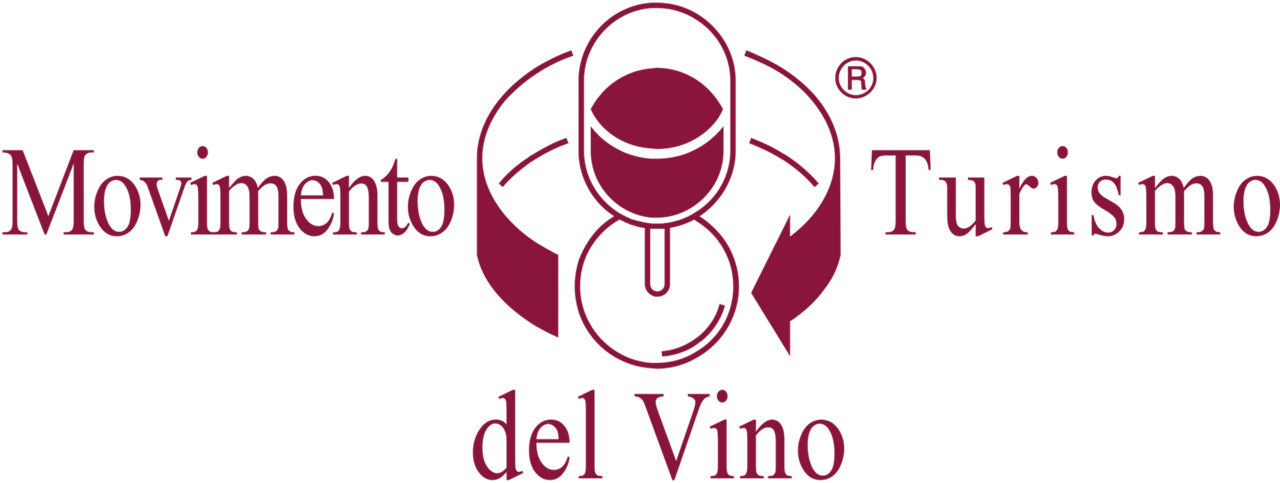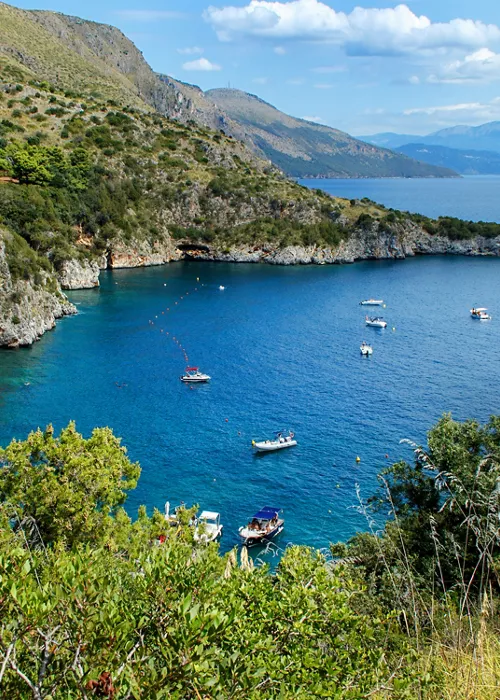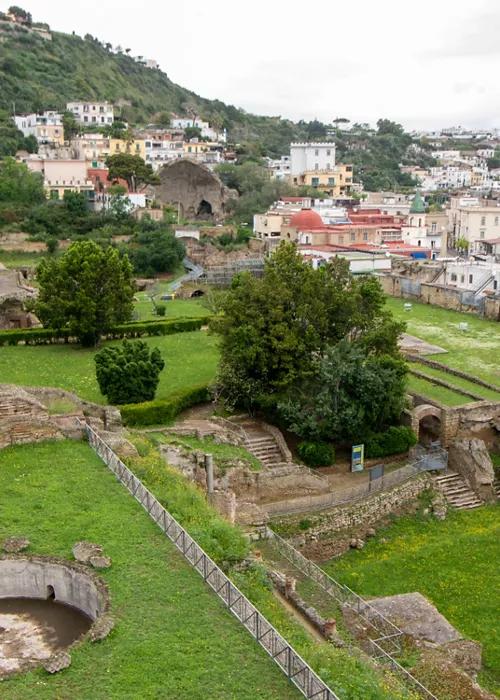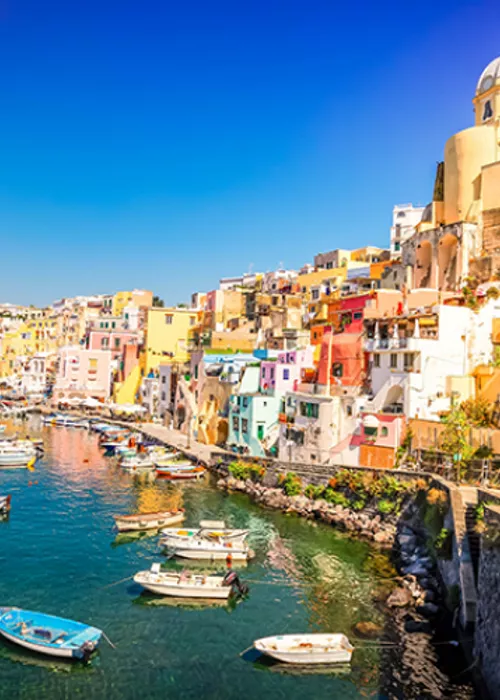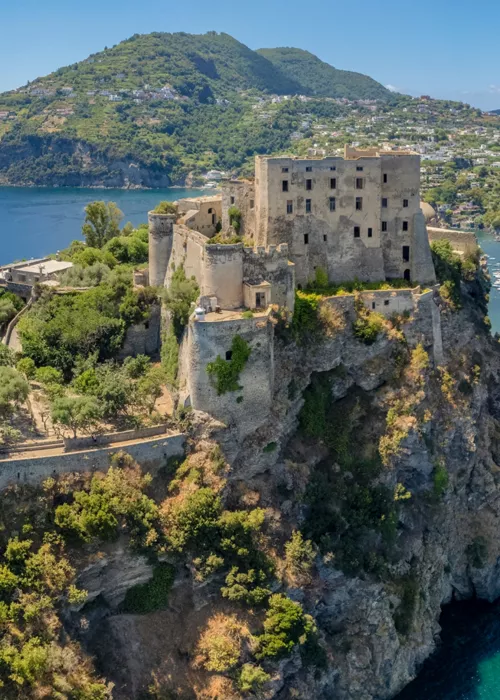Benevento

Beautiful stories of salvation. The ancient settlement that was originally called Maleventum in negative terms, perhaps by transcription from the archaic Maloenton, "return of the flocks", changed its name to Beneventum ("benvenuto") in positive terms after Rome defeated the Hellenistic ruler Pyrrhus here. It was 275 BC, and Rome was establishing itself as a regional power. It is well known that it would later become the capital of an empire and a protagonist of the first globalisation in history: witness here in the city by the Arch of Trajan and the Roman Roman theatre, both built at the beginning of the second century.
The decadence of that empire would pave the way for the second civilisation to play a leading role in Benevento, that of the Lombards, who made it the capital of one of their duchies and then of a hegemonic principality over almost the entire southern part of the Peninsula. The Lombards are responsible for the rare, geometric elegance of the church of S. Sofia.
But enough of history: let's move on to myth. Even in Benevento, antagonism against women had given rise to the belief that certain women gathered around a walnut tree to celebrate demonic sabbaths. Fortunately, all that remains today is a well-known local liqueur, typically served at the Caffè Strega. The Strega literary prize is no stranger to the affair, as it was established in 1947 with the participation of the then owner of the liquor company. Since then, the prize has been awarded twelve times to women. In short, three good stories.
Rocca dei Rettori

You can start discovering Benevento from the highest point in town, at the end of the long Corso Garibaldi: this is where the main place of power in times gone by is located. The fortress had been preceded by a Roman-era fort and then by a Lombard fortified palace, but the substance of what we see today had begun to rise in the 14th century to protect the papal governor from any new revolts by the inhabitants. After the Lombards, in fact, the Church of Rome ruled directly in Benevento, and there had already been more than one popular uprising.
Currently, the Rocca houses the provincial administration, but in addition to the offices, there are several historical museum collections in the building. Those who are not particularly interested in the places of power can ask permission to go up and enjoy the view from the terrace of the Rocca or, without too many requests, simply go for a walk in the greenery among the fountains of the Villa Comunale, which is right next door and is absolutely delightful; smaller, but in turn scenic, are the gardens behind the Rocca.
San Sofia

Already the façade of San Sofia's church and the discreet but absolute elegance of the square, which you encounter along Corso Garibaldi, reveal that you are looking at something very special. Even Unesco realised this, because since 2011 the church has been protected as a World Heritage Site among the "Lombards in Italy: places of power (568-774)." The church and its monastery were founded in the eighth century by a Lombard duke.
San Sofia is considered one of the most interesting buildings of the early Middle Ages in Europe, especially for the highly original structure of the interior. The space results from the fusion of a semicircular and a semi-circular floor plan. The dome is supported by a hexagonal ring of large columns connected by arches, around which a second ten-sided ring has its pillars oriented according to the course of the walls. The play of geometric effects and perspectives is striking, and was completed by a pictorial decoration of which fragments of an important cycle of 8th century frescoes remain in the two side apses.
The codes produced in the medieval monastery, which today is part of the Sannio Museum, were written using a particular refined handwriting: the so-called Beneventan or Lombard script.
Sannio Museum

One of the most important collections of historical art found in Campania is set up in the monastery adjacent to the church of San Sofia, where the Romanesque cloisterstands out, a gem of infallible charm, dating back to the 12th century and which, like the church, is protected by Unesco as a World Heritage property.
Cloister or no cloister, this is one of those museums where you learn rather than risk getting bored. Between prehistory, Samnite civilisation, Roman times, the Lombard duchy and Church rule, with statues, friezes, weapons, epigraphs, fragments from the Cathedral, coins and paintings, it is a visit not to be missed. There are also editorial shops and merchandise items, to take home some souvenirs.
Not far away, in Via S.D Domenico, theHortus Conclusus is an "enclosed garden" in the vegetable gardens of the Domenican convent, with important installations by the contemporary artist Mimmo Paladino, originally from the province of Benevento, amidst historical relics of the city. From the city wall, a bronze horse solemnly dominates.
Arch of Trajan

Walking towards the Cathedral, along Corso Garibaldi, with the fortress and the church behind it - it is only right to pay homage to a very beneventan place like the Caffè Strega. The place is not to be missed, in fact it is a good idea not to miss it, also because it is on the corner of Via Traiano, which is to be taken to quickly reach the main Roman monument in the city.
The perspective impression is remarkable: the triumphal arch is exceptionally well preserved and particularly embellished with reliefs and decorations. It celebrates the good government of the emperor Marcus Ulpius Nerva Trajan, born in Spain in the year 53, a victorious great general in Dacia, a region rich in economically valuable mines, which we could place between what are now Hungary, Moldavia and Ukraine, and often considered, even in retrospect, an excellent manager of public affairs. The arch of Benevento had arisen at the point where the Via Appia Traianea exited the city, a new, additional route of the Via Appia that connected Benevento to Brindisi not through Puglia entirely by inland, as the original route had done, but instead exiting onto the Adriatic as early as Bari. A new, easier route to Greece and the East
If one had arrived here before the mid-19th century, the impression Port'Aurea, as it was called until then, would have made would have been less. The arch had in fact been incorporated into the Lombard walls.
Cathedral

The venerable age and elegance of Benevento Cathedral is best grasped from its façade on Corso Garibaldi. The dimensions are instead evident from the side Piazza Orsini: it is a large, almost gigantic piece of architecture, but clearly too regular in appearance for its centuries of history. In fact, the cathedral was razed to the ground by Allied bombing in September 1943, and was rebuilt, you can also see it inside, starting from 1950.
However, the façade with two orders remains splendid: the lower one with blind arcades and three portals, the upper one with statues of animals above, a robust loggia, and on the first right archway a portrait of a knight dating from the mid-13th century that must have belonged to a monument recycled here. The central portal bore a famous bronze door, with seventy-two panels that have been reassembled inside the church.
A short detour behind the cathedral and its Archbishop's Palace - along Via Episcopio, then Via Carlo Torre and Vico I Triggio - can lead to a visit to a fundamental urban archaeological testimony: the Roman theatre.
Pietrelcina

Francesco Forgione, later known as Padre Pio, was born here in 1887, less than twenty kilometres from Benevento, he was ordained a priest in 1910 in the cathedral of Benevento itself, judged unreliable ten years later by the founder of the Catholic University Agostino Gemelli, restored to priestly duties by Pope Paul VI in 1964, and finally proclaimed a saint by Pope John Paul II in 2002. Ever since before his death in 1968, Padre Pio has been the object of global popular veneration on an imposing scale, also as a result of the fame as a healer attributed to him by devotees, just as he has also been the object of harsh criticism in ecclesiastical and medical-scientific circles.
In Pietrelcina you can visit the Convent of the Capuchin Fathers, which explicitly refers to the religiosity of Padre Pio, and the house where the future saint was born. Without needing a car in Benevento, you can reach Pietrelcina, and then of course return to the capital, in a quarter of an hour or so by bus, using a local transport run by the ETAC company. The cost is within the normal range in Italy for urban transport. Just be careful to check the timetable.


